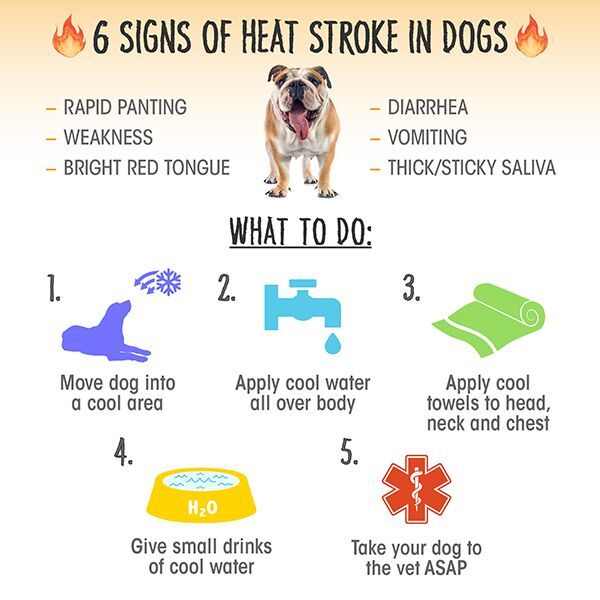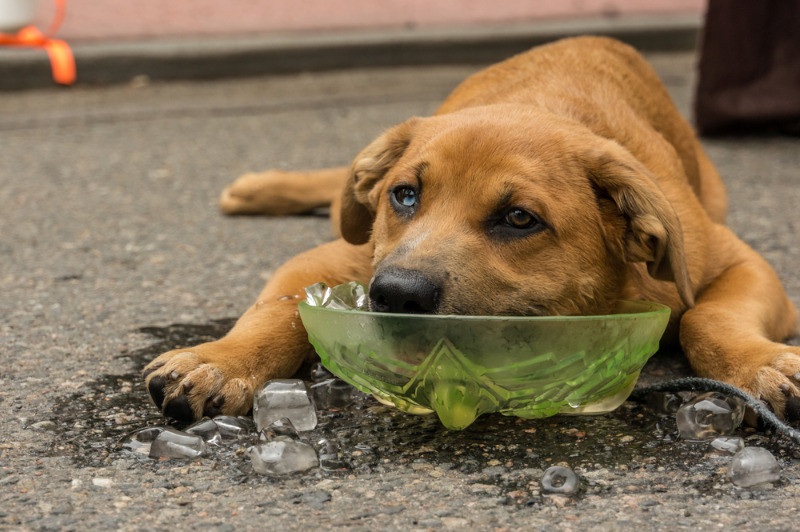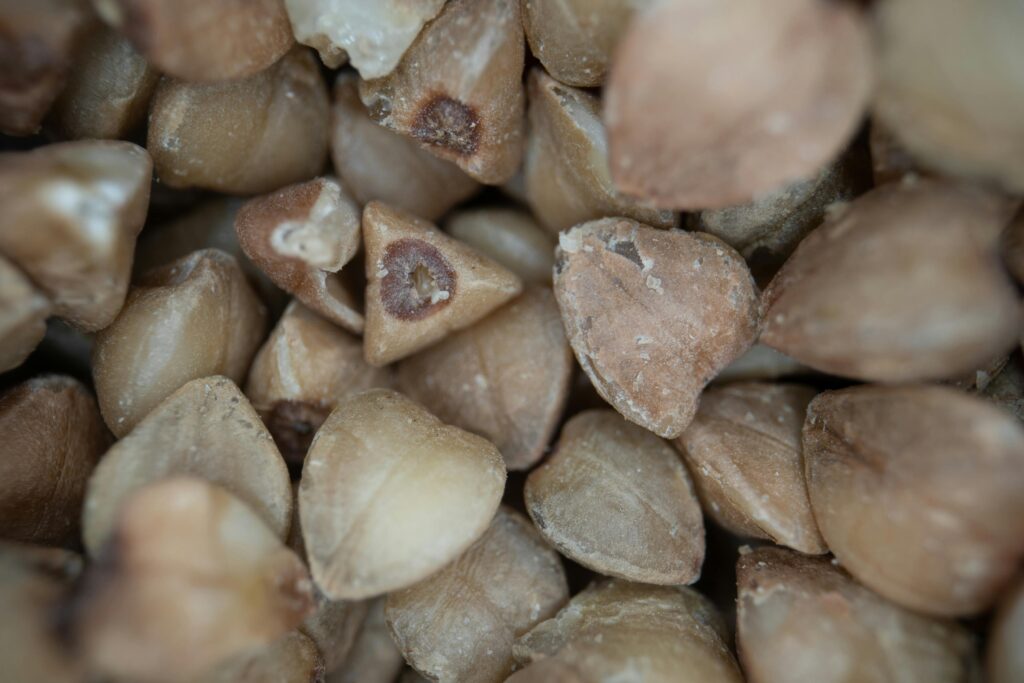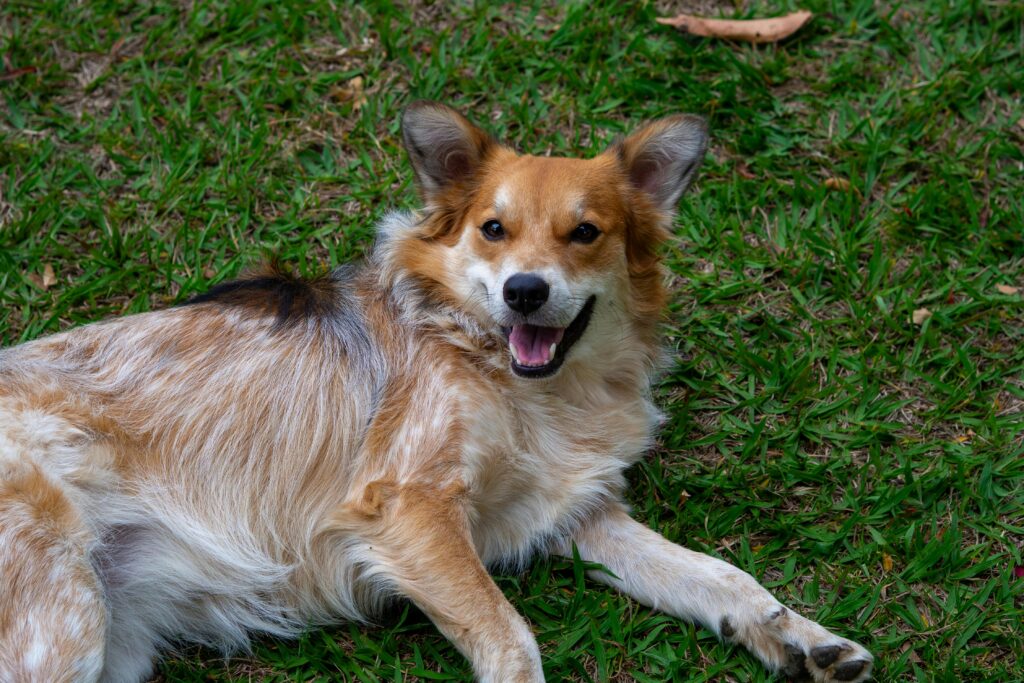Summer is the season of sunshine, outdoor play, and fun-filled adventures—but for dogs, it can also be a period of hidden danger. While you might enjoy the warm weather, your furry friend faces multiple health threats that are unique to the summer months. From heatstroke and dehydration to parasites and infections, the list of common dog diseases in summer is long and concerning.
Dogs are naturally active, and when temperatures rise, their risk of heat-related illnesses skyrockets. Their bodies can’t sweat like humans, and they rely mainly on panting to regulate body temperature. When the heat becomes unbearable, even a short walk in the afternoon sun can lead to serious health complications.
In this guide, we’ll explore the most common dog diseases seen during summer, their symptoms, and—most importantly—how you can prevent them. Whether you’re a seasoned pet owner or a new dog parent, this article will help you ensure your canine companion stays safe, happy, and healthy all summer long.
Why Dogs Are More Vulnerable in Summer
Dogs don’t handle heat the same way humans do. Unlike us, they only sweat through their paw pads and rely primarily on panting to cool off. When the surrounding air is too hot and humid, panting becomes less effective, making them prone to overheating.
Moreover, dogs spend more time outdoors in summer—chasing balls, rolling in grass, or accompanying you on walks. This increased exposure also puts them at greater risk of contracting diseases spread by insects, ticks, and contaminated water.
The warm, moist environment of summer is ideal for bacteria, parasites, and viruses to thrive. So, while summer might feel like the perfect season for playtime, it’s also when dog owners must stay most vigilant.
Here’s a closer look at the most common dog diseases that strike during the hot months—and how you can prevent them before they turn serious.
Heatstroke in Dogs
Heatstroke is one of the most dangerous summer conditions affecting dogs. It occurs when their body temperature rises above the normal range (around 101–102.5°F) and they can’t cool down effectively. Without quick intervention, heatstroke can lead to organ failure or even death.
Causes of Heatstroke
Several factors can trigger heatstroke in dogs, including:
- Leaving dogs in a parked car (even for a few minutes)
- Exercising during the hottest parts of the day
- Lack of access to shade and water
- Thick fur and poor ventilation
- Brachycephalic breeds (like Bulldogs and Pugs) that have trouble breathing
Even a brief exposure to extreme heat can cause their body temperature to rise rapidly.
Symptoms of Heatstroke
Common signs include:
- Excessive panting and drooling
- Rapid heart rate
- Weakness or collapse
- Vomiting or diarrhea
- Bright red gums and tongue
- Seizures or confusion
If you notice these symptoms, move your dog to a cool area immediately, offer small amounts of water, and contact your vet.
Prevention Tips for Heatstroke
Prevention is the best cure. Follow these steps:
- Always provide plenty of fresh water.
- Avoid walking your dog during peak heat hours (10 AM to 4 PM).
- Never leave your pet in a parked car.
- Provide shaded rest areas outdoors.
- Keep long-haired dogs well-groomed to help them stay cool.
A simple rule of thumb: if it’s too hot for you, it’s definitely too hot for your dog.
Dehydration in Dogs
Another common and dangerous condition during summer is dehydration. It happens when a dog loses more fluids than it takes in, disrupting vital body functions. Since dogs can’t sweat, they’re more prone to fluid loss through panting, especially in hot weather.
Signs and Symptoms of Dehydration
- Dry nose and gums
- Sunken eyes
- Lethargy and weakness
- Loss of skin elasticity
- Sticky saliva
- Heavy panting
A quick way to check for dehydration is the skin test: gently pull up the skin on the back of your dog’s neck. If it doesn’t return to its normal position immediately, your dog is likely dehydrated.
Effective Prevention Methods
To prevent dehydration:
- Ensure constant access to clean, cool water.
- Offer ice cubes as treats to encourage hydration.
- Bring a portable water bowl during walks or trips.
- Add wet food to their diet to increase water intake.
- Avoid overexerting your dog during outdoor play.
If your dog refuses water or shows severe symptoms, consult a veterinarian immediately. Dehydration can quickly escalate to a life-threatening condition if ignored.
Parvovirus (Parvo) Infection
Parvovirus is a highly contagious and potentially fatal viral infection, particularly common in puppies and unvaccinated dogs. It spreads rapidly in warm weather through contaminated feces, soil, or direct contact with infected dogs.
How Dogs Catch Parvo
Dogs contract the virus by sniffing, licking, or eating infected feces—or by coming into contact with contaminated surfaces such as food bowls, leashes, or human shoes. The virus can survive for months in the environment, making it especially dangerous in summer dog parks or kennels.
Common Symptoms of Parvo
- Severe vomiting and diarrhea (often bloody)
- Loss of appetite
- Fever
- Lethargy
- Dehydration
Without immediate veterinary care, Parvo can be deadly within days.
Vaccination and Prevention
- Ensure your dog is fully vaccinated—especially puppies under 16 weeks.
- Avoid letting unvaccinated dogs play in public places.
- Maintain clean, disinfected surroundings.
- Regularly wash your hands and dog’s belongings after outdoor activities.
Vaccination remains the most effective defense against Parvovirus.

Tick and Flea Infestations
Ticks and fleas thrive in warm, humid weather—making summer the prime season for infestations. These parasites not only irritate your dog’s skin but also transmit dangerous diseases like Lyme disease and Ehrlichiosis.
Why Ticks and Fleas Are More Common in Summer
The summer heat creates ideal breeding conditions for these pests. Grass, bushes, and wooded areas become hotspots for ticks, while fleas multiply quickly in carpets and pet bedding.
Signs of Infestation
- Constant scratching or biting
- Red or inflamed skin
- Small black specks (flea dirt) on fur
- Scabs or hair loss
- Restlessness or allergic reactions
Prevention and Control Measures
- Use vet-approved flea and tick preventives.
- Regularly groom and inspect your dog’s coat.
- Wash bedding and vacuum your home frequently.
- Keep lawns trimmed to reduce tick habitats.
- After outdoor activities, check your dog for any ticks—especially around the ears, neck, and paws.
Early detection and prevention can save your pet from serious discomfort and disease.
Lyme Disease
Lyme disease is one of the most common tick-borne illnesses affecting dogs during the summer. It’s caused by the bacterium Borrelia burgdorferi, transmitted primarily through the bite of infected black-legged ticks (commonly known as deer ticks). If left untreated, it can lead to chronic joint pain, kidney problems, and even heart complications.
How Lyme Disease Spreads
Ticks latch onto your dog’s skin when they brush through tall grass, woods, or shrubs. Once attached, the tick feeds on your dog’s blood and can transmit the bacteria within 24 to 48 hours. That’s why early removal of ticks is crucial in preventing infection.
Symptoms of Lyme Disease in Dogs
Symptoms can take weeks to appear after infection. Common signs include:
- Lameness (often shifting from one leg to another)
- Swollen joints
- Fever
- Loss of appetite
- Fatigue
- Enlarged lymph nodes
In advanced cases, Lyme disease can affect the kidneys, leading to a serious condition known as Lyme nephritis.
Preventive Steps for Lyme Disease
- Apply veterinarian-approved tick repellents regularly.
- Keep your yard and lawn trimmed.
- Avoid walking your dog through tall grass or tick-prone areas.
- Inspect your dog’s body daily—especially after outdoor play.
- Vaccinate your dog against Lyme disease if recommended by your vet.
Remember, prevention is far easier and less expensive than treatment when it comes to Lyme disease.
Allergies and Skin Infections
Summer often triggers allergies and skin infections in dogs due to heat, humidity, pollen, and insect bites. Some dogs also develop “hot spots,” or inflamed patches of skin that worsen as they scratch or lick them.
Types of Summer Allergies in Dogs
- Environmental Allergies: Triggered by pollen, grass, and mold spores.
- Flea Allergies: Caused by flea bites—some dogs are hypersensitive to flea saliva.
- Contact Allergies: From coming into contact with chemicals like lawn fertilizers or cleaning agents.
- Food Allergies: Often aggravated by dietary changes during the summer months.
Prevention and Treatment
- Bathe your dog regularly using hypoallergenic shampoos.
- Keep their bedding and living spaces clean.
- Use flea preventives consistently.
- Consult your vet about antihistamines or medicated shampoos if allergies persist.
- Maintain a balanced diet with essential fatty acids to improve skin health.
Keeping your dog’s environment clean and allergen-free can make a world of difference in preventing itchy, irritated skin.
Ear Infections
Dogs, especially those with floppy ears like Cocker Spaniels and Basset Hounds, are more prone to ear infections in summer. Moisture from swimming, humidity, and trapped dirt create the perfect breeding ground for bacteria and yeast.
Causes of Ear Infections During Summer
- Water trapped in the ear canal after swimming or bathing
- Excessive earwax buildup
- Allergies leading to inflammation
- Mites or foreign particles like grass seeds
How to Prevent and Treat Them
- Dry your dog’s ears thoroughly after swimming or bathing.
- Clean ears weekly with a vet-approved ear cleanser.
- Avoid using cotton swabs deep in the ear canal.
- Watch for signs like head shaking, pawing at the ears, or foul odor.
- If symptoms persist, visit your vet—chronic infections can lead to hearing loss.
A little ear care goes a long way in preventing painful infections and ensuring your dog’s comfort.
Hot Spots (Acute Moist Dermatitis)
Hot spots are inflamed, infected patches of skin that appear suddenly and spread quickly. They’re usually caused by excessive scratching, licking, or moisture trapped against the skin during humid summer days.
How Hot Spots Develop
When your dog’s skin becomes irritated—due to allergies, insect bites, or moisture—it can lead to relentless licking or chewing. This causes a localized bacterial infection, resulting in painful, oozing sores.
Prevention Strategies
- Keep your dog’s coat clean and dry.
- Trim long hair, especially around the neck and hips.
- Dry thoroughly after swimming or baths.
- Use an Elizabethan collar (cone) to stop excessive licking if needed.
- Consult your vet for topical antibiotics or medicated sprays if the condition worsens.
Hot spots can look alarming, but with early care and good hygiene, they’re easily preventable.
Sunburn in Dogs
Believe it or not, dogs can get sunburns too—especially those with light-colored fur, thin coats, or hairless breeds like the Chinese Crested. Overexposure to the sun can lead to painful burns, skin damage, and even increase the risk of skin cancer.
Breeds More Susceptible to Sunburn
- Dalmatians
- Boxers
- Greyhounds
- Bull Terriers
- Whippets
- White German Shepherds
Prevention and Aftercare
- Limit sun exposure during peak hours (10 AM to 4 PM).
- Apply dog-safe sunscreen on sensitive areas like the nose, ears, and belly.
- Provide shaded areas for outdoor play.
- If your dog gets sunburned, apply soothing aloe vera gel or a vet-recommended ointment.
- Avoid human sunscreens—they may contain zinc oxide, which is toxic to dogs.
Just like humans, your dog needs proper sun protection to enjoy summer safely.
Leptospirosis
Leptospirosis is a bacterial disease common in warm, humid weather. It spreads through water or soil contaminated with urine from infected animals like rats or livestock. Dogs can get infected when they drink or swim in contaminated water sources.
How Dogs Contract Leptospirosis
Dogs usually catch the disease by drinking puddle water, swimming in stagnant ponds, or walking through contaminated soil. The bacteria enter through cuts in the skin or mucous membranes (eyes, nose, or mouth).
Symptoms and Prevention
Symptoms include:
- Fever and shivering
- Vomiting and diarrhea
- Lethargy
- Muscle pain
- Jaundice (yellowing of eyes or gums)
Prevention:
- Vaccinate your dog annually.
- Keep your pet away from stagnant water and rodent-prone areas.
- Maintain good sanitation around your home.
- Always provide clean drinking water.
Leptospirosis can be fatal if untreated, but timely veterinary care and vaccination can prevent it effectively.
Heartworm Disease
Heartworm disease is another serious threat during the summer, spread by mosquito bites. Once inside your dog’s bloodstream, heartworm larvae grow into long worms that lodge in the heart and lungs, causing severe damage.
How Heartworms Spread
When a mosquito bites an infected animal, it picks up microscopic heartworm larvae. The next time it bites your dog, those larvae are transmitted into your pet’s bloodstream. Over several months, they mature into adult worms that can reach up to 12 inches in length.
Prevention and Early Detection
- Give your dog monthly heartworm prevention medication (chewable or topical).
- Regularly test your dog for heartworm infection.
- Reduce mosquito exposure by using repellents and keeping your home mosquito-free.
Heartworm disease is preventable but costly and difficult to treat once it develops. Prevention should be part of every summer pet care routine.
Gastrointestinal Issues
During summer, dogs are more prone to gastrointestinal (GI) problems due to heat, spoiled food, contaminated water, and sudden dietary changes. Common conditions include vomiting, diarrhea, and loss of appetite — all of which can lead to dehydration and weakness if left untreated.
Causes and Prevention
Common causes of GI distress in dogs during summer include:
- Eating spoiled or leftover food during picnics or barbecues
- Drinking contaminated water from ponds or puddles
- Overeating cold treats or ice cream
- Sudden changes in diet (like switching to raw food without transition)
- Heat stress affecting digestion
Prevention tips:
- Always provide fresh, clean water and food in clean bowls.
- Avoid feeding your dog human food or barbecue scraps.
- Keep trash bins closed to prevent scavenging.
- If your dog spends time outdoors, ensure they can’t access spoiled food or garbage.
- Feed smaller, lighter meals during the hottest parts of the day.
If your dog experiences persistent vomiting or diarrhea for more than 24 hours, visit a vet immediately. Gastrointestinal issues can escalate quickly in high temperatures.
Tips for Keeping Dogs Healthy in Summer
Summer care for dogs isn’t just about avoiding disease—it’s about creating a lifestyle that promotes health, comfort, and safety throughout the hot months. Here’s how to make sure your canine companion thrives all summer long:
Nutrition and Hydration
Proper nutrition and hydration are the foundation of good health.
- Feed your dog a well-balanced diet with essential vitamins and minerals.
- Include wet food or add water to dry kibble to keep hydration levels up.
- Always keep a bowl of fresh, cool water available.
- Add dog-safe fruits like watermelon, cucumber, or blueberries for a refreshing treat.
You can also freeze chicken broth in ice cube trays and offer them as cooling snacks on extra-hot days.
Safe Exercise Practices
Exercise is vital, but summer heat can make outdoor play dangerous.
- Walk your dog early in the morning or late in the evening when temperatures are cooler.
- Test the pavement with your hand—if it’s too hot for your palm, it’s too hot for their paws.
- Take breaks in shaded areas during walks.
- Avoid high-intensity play during the hottest hours.
- Carry a portable water bottle and collapsible bowl on walks.
Remember, dogs can overheat faster than humans. A few simple precautions can prevent exhaustion and heatstroke.
Grooming and Hygiene
Summer grooming is essential for keeping your dog’s coat healthy and comfortable.
- Brush your dog regularly to remove loose hair and prevent matting.
- Bathe your dog with mild, dog-safe shampoo every few weeks.
- Trim excess fur, especially around the paws and belly.
- Clean ears and trim nails regularly to avoid infections.
- Apply flea and tick preventive treatments as prescribed by your vet.
Keeping your dog clean and groomed helps maintain skin health and allows better heat dissipation.
Conclusion
Summer is the perfect season for outdoor fun and bonding with your furry friend, but it’s also the time when health risks skyrocket. Dogs are especially vulnerable to conditions like heatstroke, dehydration, tick infestations, and infections—all of which can be prevented with proactive care.
By staying informed and taking preventive measures, you can ensure your dog stays cool, hydrated, and protected all season long. Keep vaccinations up to date, maintain regular vet checkups, and prioritize shade and hydration above all else.
A healthy dog is a happy dog—and summer should be about wagging tails, not vet visits.
FAQs
1. How can I tell if my dog is overheating?
Look for signs like heavy panting, drooling, weakness, and confusion. If your dog collapses or seems disoriented, move them to a cool area, give small sips of water, and contact your vet immediately.
2. Can dogs get sunburned even with fur?
Yes! Dogs with thin, light-colored, or short coats are especially prone to sunburn. Apply dog-safe sunscreen to sensitive areas like the nose, ears, and belly.
3. How often should I bathe my dog during summer?
Generally, once every 2–4 weeks is enough. Over-bathing can strip natural oils, so always use a gentle, vet-approved shampoo.
4. What is the best time of day to walk my dog in summer?
Early morning (before 9 AM) or late evening (after 6 PM) are the safest times. Avoid walking during peak heat hours.
5. Should I shave my dog’s coat in summer?
Not always. Some breeds rely on their coat for temperature regulation. Instead of shaving, opt for regular brushing and trimming to improve airflow.
Please don’t forget to leave a review.




